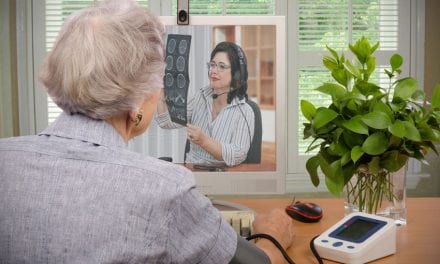Chaos, confusion and disruption in the world of senior and post-acute care present a great opportunity for providers who are willing take the time to understand the changes and to “embrace the chaos”.
By Steve Moran
A couple of weeks ago I attended and spoke at the Marcus Evans Long-Term Care CXO summit in Florida. Chaos, confusion and disruption in the world of senior living and post-acute care was a common theme in presentations by Josh Luke, founder of the National Readmission Prevention Coalition, Lynne Katzmann, founder of Juniper Communities, and Neil Kurtz, CEO of Golden Living.
The Chaos
Here is some of the disruption (mostly related to the healthcare system):
- There is tremendous pressure coming from the Federal government and private payor sources to move from fee-for-service to paying a premium for high quality outcomes. The assumption is that the less time an elder spends in a hospital is a proxy for good health.
- Post-acute providers are in a race to the bottom. At every level of care, providers are working to figure out how to attract and care for higher acuity individuals.
- There is a huge push for more consolidation, which will mean more winners and more losers.
- There are too many skilled nursing beds in the marketplace.
- Consumers are being urged to be more proactive in making care and end-of-life decisions.
- Hospitals are slowly losing their position as king of the hill.
- Technology is changing the ways we deliver care.
The Opportunity
I was at another conference a number of months ago where I was talking to the CFO of a regional nursing home chain. I asked him how he felt about the shifting sands of long-term care. His response could have been straight from the mouth of Winnie the Pooh’s Eeyore. All he could see was doom, gloom and catastrophe for his sector of the industry.
I didn’t say too much but his response kind of made me sad, because while it is true that if skilled nursing companies stand still and hope things will get better disaster will likely be on the horizon, it does not have to be that way.
Josh, Lynne and Neil all see this huge, massive disruption as presenting great opportunity for providers who are willing to take the time to understand the changes and to “embrace the chaos”.
Areas of Opportunity
- We have barely scratched the surface when it comes to taking advantage of technology. It is inevitable that telemedicine will become an everyday part of skilled nursing and assisted living. It has the ability to reduce in-person physician visits and hospitalizations. We will see technology increasingly used to provide real-time monitoring of resident health.
We will see disparate technologies start to talk to each other. We will get smarter about using all of the data we collect. It will help us understand our residents and prospects. It will actually help us to close more business.
- The big push toward care coordination provides a huge opportunity for assisted living and skilled nursing to have a significant place at the table. This means going from begging for crumbs to actually being the most important player.
- Skilled nursing and transitional care save money and provide better rehabilitation outcomes than hospitals for a lot less money. This will become a huge win.
- Assisted living can do many things that were only done in skilled nursing facilities. They can be done at a lower cost and give residents a higher quality of life. This will be a big win for the system.
There is more and some of it will be covered in more detailed articles. How about you, do you love or hate disruption?








